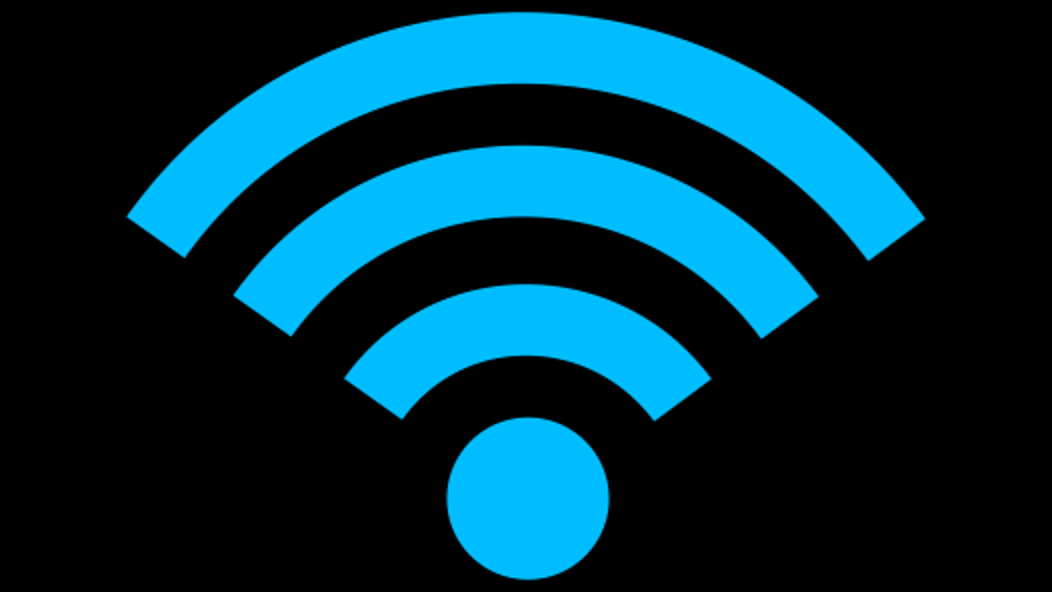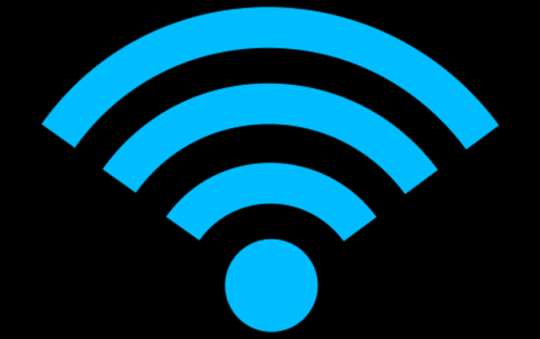Who invented wifi? This is a question that has been asked by many people over the years. The answer is not quite as straightforward as you might think.
In this blog post, we will explore the history of wifi and discuss who is credited with inventing it!
If you think about all the different parts that make up Wi-Fi, it’s easy to see how naming just one inventor wouldn’t be accurate.
WLAN uses radio waves to communicate data between devices, similar to how a radio broadcasts music through the air.
Guglielmo Marconi, the italian inventor, is credited as experimenting with radio waves in 1894.
Radio technology was utilized by both sides during the First World War. In the Second World War, military officials were able to encrypt radio transmissions by rapidly transferring messages between frequencies; a process called spread-spectrum technology.
This same technology would go on to lay vital foundations for WLAN development.
In the 1930s, Karl Jansky discovered that the universe emits radio waves. He developed an antenna capable of receiving those signals, and radio astronomy was created.
Hedy Lamarr (1914-2000) and George Antheil (1900 – 1959) developed a technology that allowed radio waves to hop from one frequency to another. The idea was conceived as a means of preventing the United States Navy’s radio transmissions from being jammed by their enemies during World War 2.
Hedy Lamarr’s development of radio frequency-hopping technology was an integral element in the creation of Wi-Fi as we know it today. Although Hedy and George Antheil successfully secured a patent for their idea back in 1942, it wasn’t recognized until much later when an updated version was employed during the Cuban Missile Crisis in 1962.
Hedy Lamarr was not only a scientist, but also an A-list Hollywood actress in the 30s and 40s.
The next step is to look at the history of Wi-Fi signal transmission standards (radiofrequency). The next stage is to study the history of the 802.11 standards used for broadcasting a Wi-Fi signal.
Electronic equipment involved in sending and receiving a Wi-Fi signal are then examined. There are several patents related to Wi-Fi technology, but one in particular stands out.
The “father of Wi-Fi” title belongs to Victor Hayes, who led the IEEE committee that created the 802.11 standards in 1997. Before the general public even knew what Wi-Fi was, Hayes laid down the groundwork for its implementation. In 1997, the 802.11 standard was established.
After that, the 802.11 standards were enhanced to improve network bandwidth. These are as follows: 802.11a, 802.11b, 802.11g, 802.11n, and more. That is what the appended letters stand for.
The most essential thing you should know as a consumer is that the most recent version is the best in terms of performance.
As a result, this is the version you should want all of your current and future hardware to work with .
A key patent for Wi-Fi technology that has won multiple lawsuits and does deserve recognition belongs to the Commonwealth Scientific and Industrial Research Organisation of Australia, otherwise known as CSIRO.
They invented a chip back in 1992 that strengthened the signal quality of Wi-Fi, allowing it to be broadcast much farther than before.
The following CSIRO-credited inventors created this technology: Dr. John O’Sullivan, Dr. Terry Percival, Diet Ostry, Graham Daniels, and John Deane.
Thanks to this, Dave Skellern and Neil Weste from Macquarie University created prototypes and eventually established Radiata Inc. In 1997, they obtained a non-exclusive patent for the technology from CSIRO.
Radiata’s chip conformed to the then-new IEEE 802.11a wi-fi standard, which caught Cisco System’s interest at the 2000 Networld-Interop conference in Atlanta. This eventually led to Cisco purchasing Radiata for $567 million later that year.
WHAT DOES WIFI STAND FOR?
Some people believe that Wi-Fi stands for Wireless Fidelity, but it really has no meaning!
WHAT IS WI-FI?
Wi-Fi is a wireless networking technology that allows devices such as laptops and mobile phones to connect to the internet without cables.
A small wireless router is the most commonly used way to connect to the internet.
WHAT RADIO FREQUENCIES ARE USED FOR WIFI?
The two most common frequencies for wireless networks are 2.4 GHz and 5 GHz.


